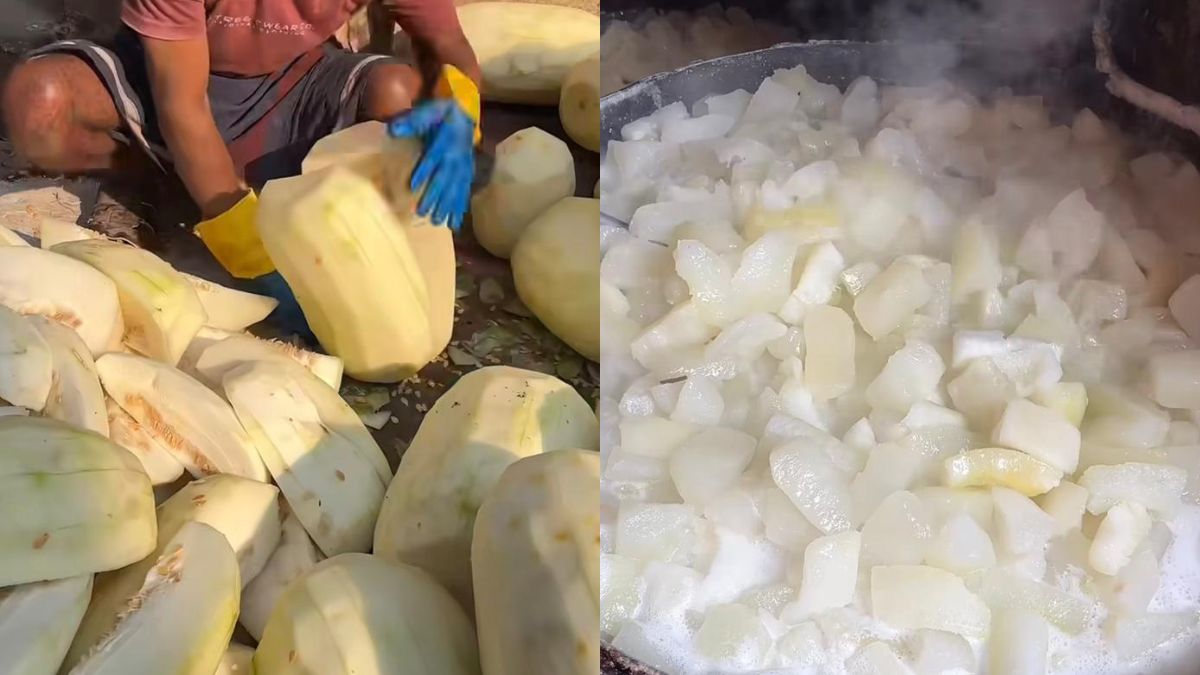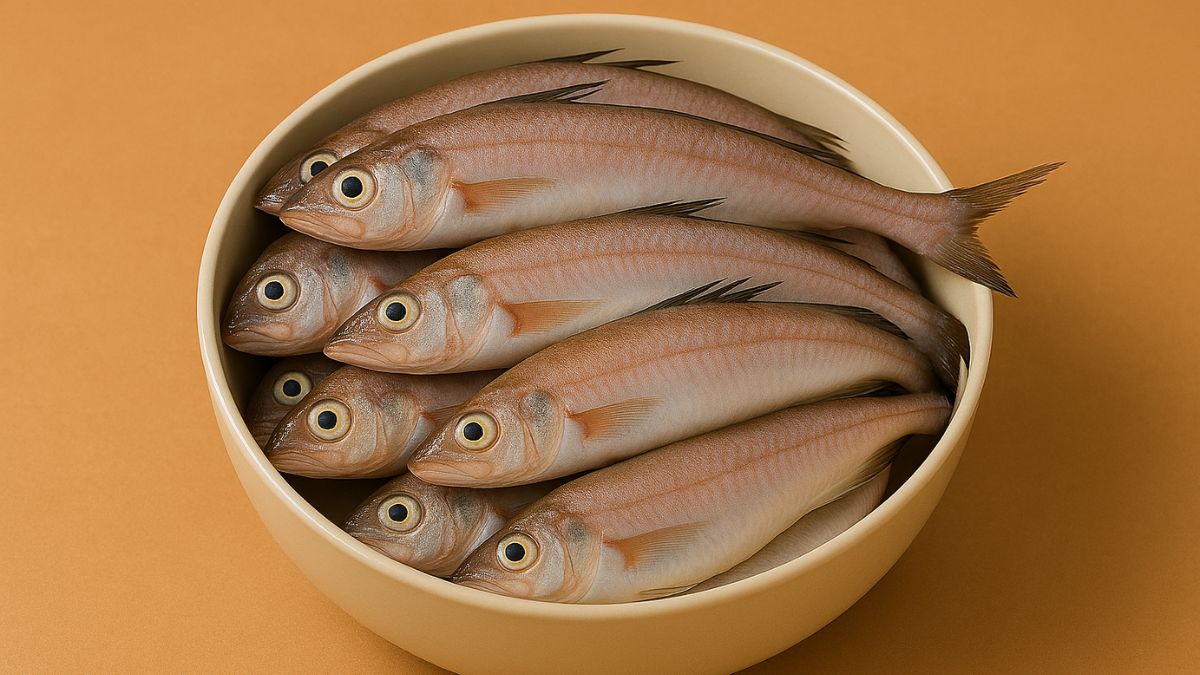Cider vinegar: we've all got some languishing at the back of the cupboard. Master chef Jason Atherton offers some suggestions for how to put it to good use ...
Vinegar has been prevalent in British cuisine since medieval times; we're one of the biggest apple-growing countries in Europe, so it's no surprise that cider vinegar has become a popular variety. It's one of those ingredients that we tend to just put in salad dressings - or on chips - and mostly underestimate or rarely appreciate how complex a flavour it can be. In the east, sour is one of the most important components of a flavour profile, and I think a lot of the time we don't realise that the balance of sweet and sour is what's good and what we like about a dish.
There are so many different types of vinegar - there are 10 different sherry vinegars, all with their own complexities - and they all have different tastes and effects on the flavour of a dish. But I'd say that for the home cook, cider vinegar really is an essential in the storecupboard. It's without doubt the most versatile and useful; for example, you couldn't use a red wine vinegar with a fish dish, or a dessert, as the flavour would be too intense, but the mellowness of cider vinegar works with everything from salmon and roast pork to ice-creams, sorbets and crumbles.
Cider vinegar really draws out the sweetness and sharpness of flavours around it. At Pollen Street Social, if we want to add a bit of sharpness to a fruit dessert, such as a blackberry parfait with a sweet apple sorbet, we'll cook an apple compote with a few splashes of cider vinegar to serve with it.
The first thing I do when I make a pork gravy is deglaze the pan with cider vinegar, too - if you roast pork belly on a bed of veg, it enhances that sweetness, and complements the richness of the meat.
Three ways with cider vinegar
• Winter salad dressing Boil two shallots with a few juniper berries and thyme leaves, then reduce 150ml cider vinegar by half and mix with the above. Use that mixture to make a bearnaise sauce, then drizzle the sauce over a salad of watercress, walnuts, capers, tarragon and roasted game.
• Cider vinegar gravy After roasting pork with whole apples on a bed of veg, deglaze the pan with cider vinegar, then continue making a gravy as normal. This is especially good if you stuff the apples from the pan with some forcemeat then serve with the pork.
• Apple crumble Melt some butter in a pan, add apples, cooking until golden, then stir in a splash of cider vinegar and cook down until soft. Top with your usual crumble mixture and bake until golden brown.
Carrot and orange salad
This salad is a product of my love for citrus - I invented it for a real fresh zingy simple vegetarian starter. Cider vinegar really balances the sweetness of the carrots.
150ml olive oil
5 shallots, peeled
500ml carrot juice
500ml fresh orange juice
175ml cider vinegar
10 slim organic carrots, peeled and scrubbed and sliced on the mandolin
A few sprigs of lemon thyme
A pinch of salt
1 avocado, thinly sliced
A handful of coriander leaves
A handful of salad leaves
1 First, confit the shallots. Pour the olive oil into a small saucepan, add the shallots then gently cook over a low heat for about 30-40 minutes, until the shallots are tender and a light golden colour. Remove from the oil and allow to cool.
2 Mix together the carrot juice and the orange juice, vinegar, shallots, the carrots, lemon thyme and salt, then leave in the fridge for about 24 hours to marinate.
3 Remove the carrots from the liquor then serve with avocado, coriander and salad leaves.
Jason Atherton owns and runs several restaurants worldwide, including London's Michelin-star restaurant Pollen Street Social, where he is also head chef.
Photo: Jason Atherton's fresh and zingy carroot and orange salad. Photograph: Jill Mead for the for the Guardian










